A Lush Green & Hot Chili Village Adventure
Thursday, August 26, 2010
 Zhaoxing, Guizhou, China
Zhaoxing, Guizhou, China
Hey Hey and a Big G'Day toya,
I’d like a ticket to Zhaoxing please.
Would you like chili with that?
If so how much?
We have lots!
In the end yesterdays early morning bus to Zhaoxing Village never actually arrived in Congjiang Town which left quite a few people confused and aimlessly wandering around the waiting room. I on the other hand had a backup plan and simply boarded the bus to Luoxiang which was against the wishes of some of those aimlessly wandering the waiting room. Even after showing them my map and how close it was to Zhaoxing many still decided to wait for the 'correct’ bus.
I spent the next nearing seven hours watching the stunning scenery pass by.
The road between Congjiang and Luoxiang is pretty bloody terrible, not the worst road I’ve been on but midway on the list of simple yet crappy roads and as usual what should have been a five or so hour bus ride turned into seven hours due to bad roads and road construction/works. There seems to be a hell of a lot of road construction going on here in south east Guizhou Province which is great for the future of Guizhou Province but it presently really sucks for me!
When I finally arrived in Luoxiang I sat to rest my battered skeleton.
After patching together my shattered bones I sat for an awesome bowl of lamb noodles and then began the hour and a half hours walk to Zhaoxing Village. All the way on the bus I was dreaming of this walk as the LP says ‘if you are looking to stretch your legs take the one and a half hour walk to Zhaoxing along a dirt road that passes through a number of smaller villages en route’.
Not long after beginning my walk quickly changed my mind after the twentieth huge truck left me twirling in its dust on the road side so I ended up making the trip on the back of a motor bike for ten Yuan and can’t say that we really passed through any smaller villages en route!
I guess it depends on what planet you’re from!
Zhaoxing is an ancient Dong Minority Peoples Village that is found seventy kilometers south of Liping Town and around fifteen hours from Kaili City. It is hidden deep in the mountains and the ancient wooden architecture, century old practices, hospitable locals and the fertile terraced fields offer a welcome contrast to joyless and modern cities that surround it. The village is the largest Dong village in China and is also known as Qianhu which in Dong Dialect means ‘a thousand households.’
Obviously there is no reason for me to explain why.
Supposedly Zhaoxing Village has been included in the Guinness Book of World Records for its pure ethnic culture as it is clustered with wooden structures such as its homes, its many drum towers, its several wind and rain bridges (also known as flower bridges) along with its several theater stages. Many of the town's inhabitants continue to wear traditional clothing and speak only their native Dong language and as per Dong tradition, womenfolk will not dine with guests at the dinner table and will only eat after the guests have finished their meals.
As in all villages, activity begins just prior to the suns first rays soon after which the streets and lanes come to life. I spent my early morning at the market place feasting on local snacks to break my nights fast and not long after breakfast the village burst into a hive of activity and most of the villagers headed out into the fields for a long days work.
So just like yesterday I once again meandered around the villages lanes alone.
Not once was I ever bothered or asked to buy anything.
Drum towers
The most famous buildings in Zhaoxing are the five drum towers and according to the tradition of the Dong people, each individual drum tower represents one group of local people. The umbrella-shaped tower is also said to be an auspicious building that protects all Dong people.
Flower bridges
Similar to the five towers, there are five wind and rain bridges in Zhaoxing that are more like a building across the river than a bridge as most of them are covered with pavilions. The bridges have earned the name "flower bridges" because of the exquisite sculptures that cover them. On both rainy and humid days the locals sit beneath the bridges and chat the day away.
Diaojiaolou Housing
Diaojiaolou in Zhaoxing features a public passage on the ground floor and people reside in the rooms built along the passage. With these passages and the five pavilion bridges, people can walk from one end of the village to the other without ever being exposed to the elements on a rainy day.
Fortunately for me I got to visit this village while it remains a non-tourist destination catering to massive Chinese tourists. I found that Zhaoxing continues to be peaceful yet vibrant with Dong life going on as it always has been ie; women weaving cloth, making Dong costume and vendors selling fresh vegetable and meat on the street. The local people are very friendly and many Dong women are happy to continue to wear their traditional costumes.
Dividing this ancient village is the small yet peaceful Zhaoxing River.
The river provides ample water source for the village and like the old town of Lijiang (in Yunnan), cobbled lanes, enveloped by beautiful houses, wind their way along water channels that run through all parts of the village. Limited open space in this small village is filled with ponds that are essential for fire protection as most of the houses are old and wooden. Due to the small size of Zhaoxing you will have ample time to both wonder its streets and follow its stone pathways through the rice fields out into the small mountains that surround the area during which, if you are lucky like me you will come across several Dong Men hunting with a long barreled rifle.
If you do, follow the advice given to me by several local lumber jacks;
Make sure that the hunters know exactly where you are heading.
There are five sections which make up the village, namely ren (meaning benevolence), yi (meaning justice), li (meaning courtesy), zhi (meaning wisdom) and xin (meaning faith). One clan lives in every section and every clan has built its own drum tower. The main road runs from east to west in the village.
Zhaoxing Village is also the starting place of many Dong festivals and dances.
Accommodation and Other Stuff
Like many of these small rural villages there is ample accommodation.
It seems that each home is also a guesthouse so don’t take the first thing that is offered. Have a walk around the village and as they all offer the same basic things make your decision on what you can see from your window.
As for buses from Zhaoxing to Sanjiang there are only two buses that pass through the village each morning, the first anytime between eight and half past eight and the second anytime between nine and half past nine. Their arrival time depends on the weather and how many stops they make between the departure town of Liping and Zhaoxing Village. It took me two days to leave Zhaoxing as the first morning both buses were completely full and not even a single local got to move on so I simply changed my guesthouse to another part of town and went about my day and thankfully was more successful this morning.
As for Cold Beer, Coffee and English Menu’s;
Several places advertise that they offer one but they are simply a direct translation of their Chinese Menu. This means that they do not offer Western Food of any type. I found only one place that offers a ‘real’ English Menu that consists of Pizza, Spaghitti, real coffee and other assorted homely delights which can be found near to far end of the village, on a small S Bend in the road and its windows over look one of the drum towers.
It is also one of the only places I found that had internet in any form.
Its Wi-Fi is slow if you want to upload photos but for email and MSN it is perfect!
Beers N Noodles toya…..shane
___________________________________________________________
The soundtrack to this entry was by the awesome Magic Dirt
The album was ‘Signs of Satanic Youth ‘
____________________________________________________________
Other Entries

 Zhaoxing, Guizhou, China
Zhaoxing, Guizhou, China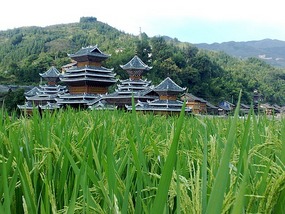
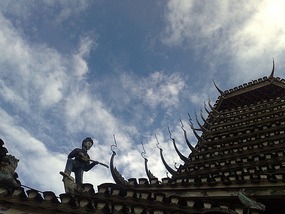
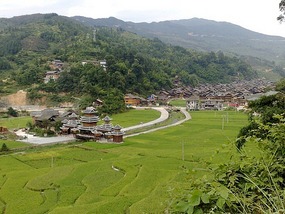
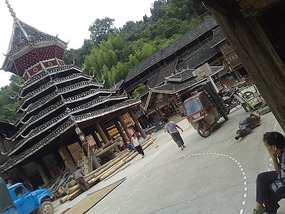
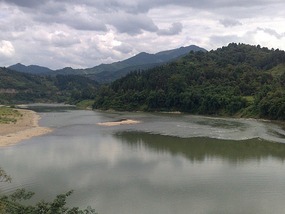
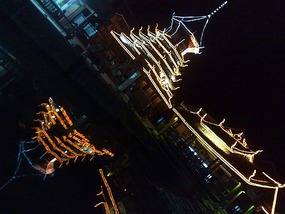
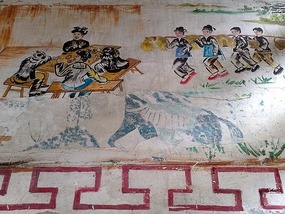
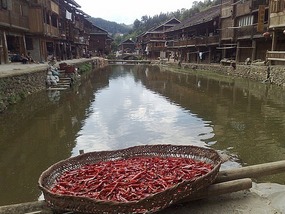

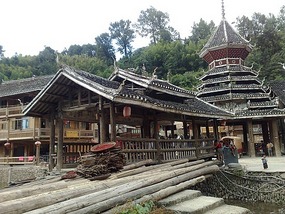

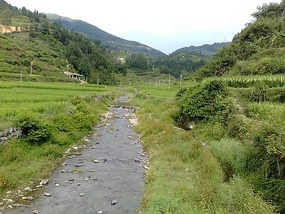
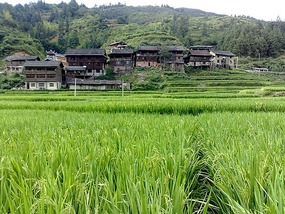
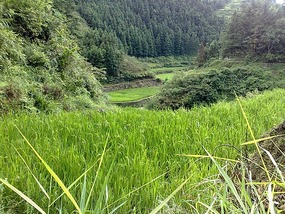
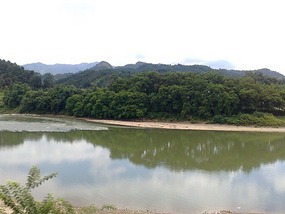

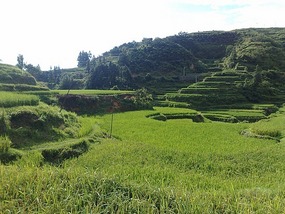
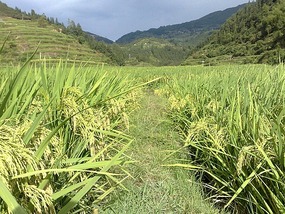
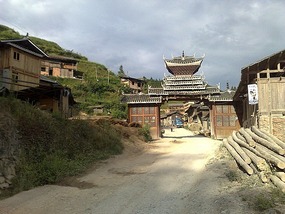
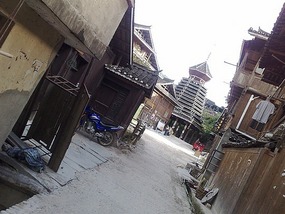

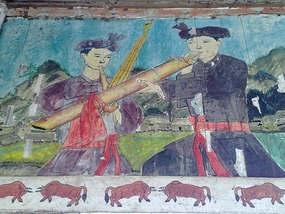

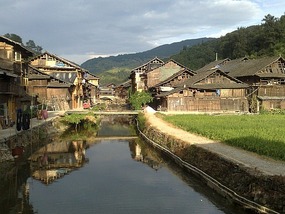
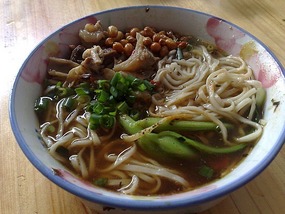
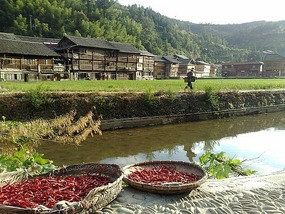
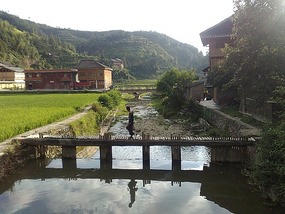
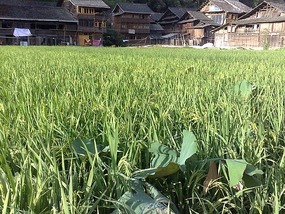
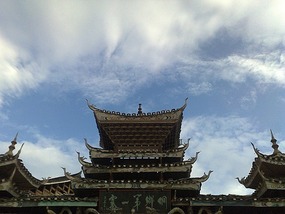
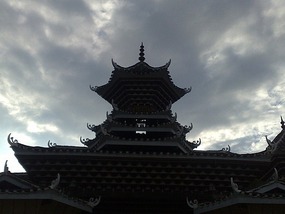
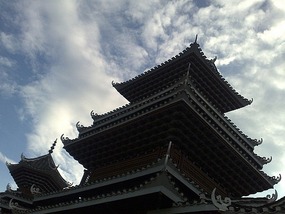
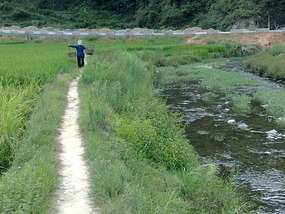
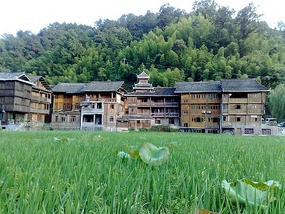
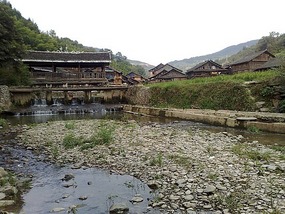
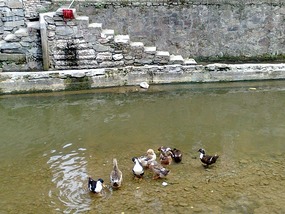

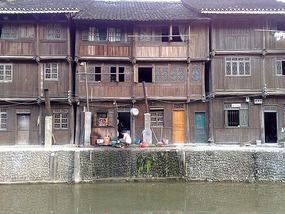
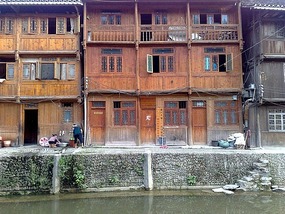
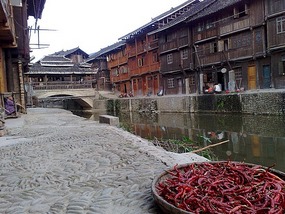
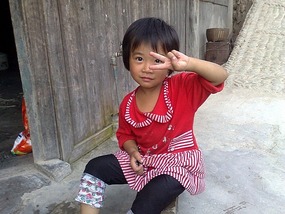
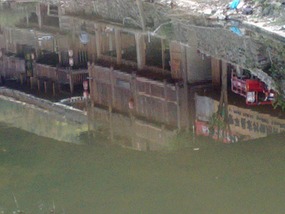

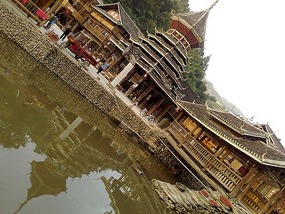
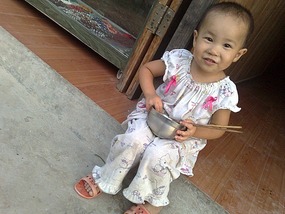
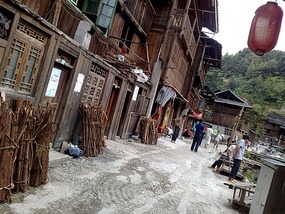
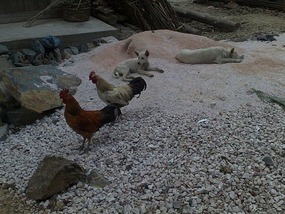
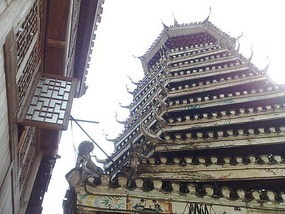
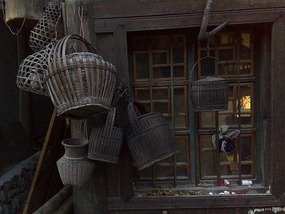
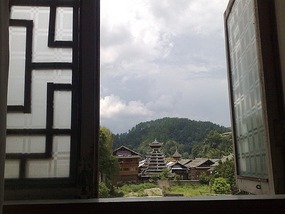
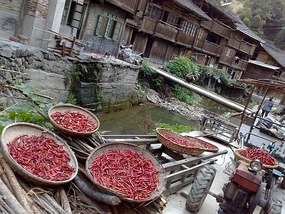

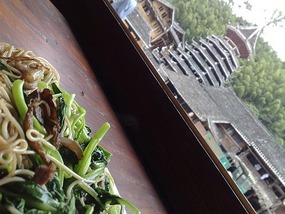
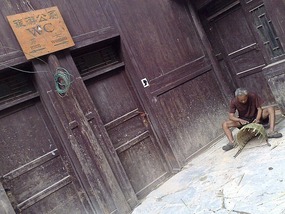
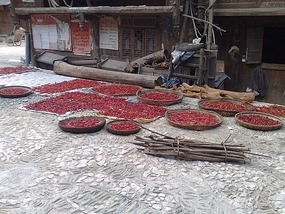
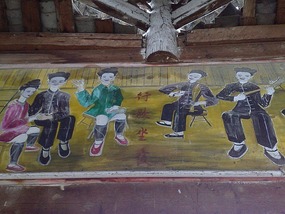
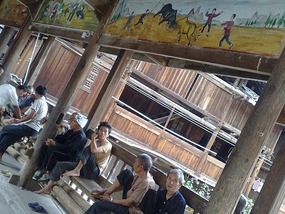
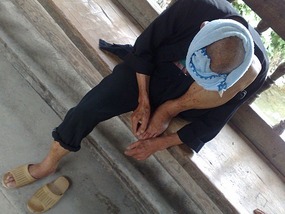
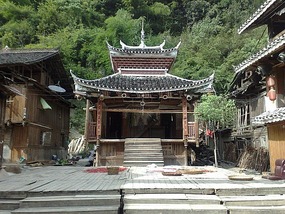
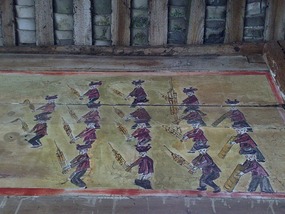

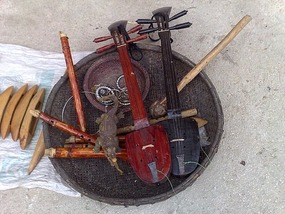

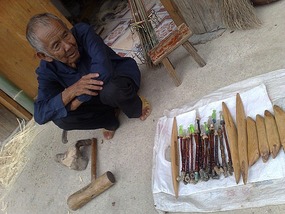
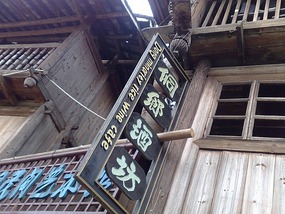
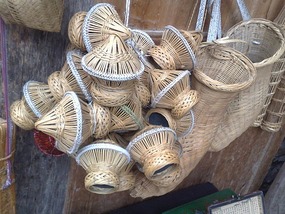

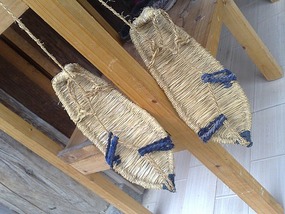

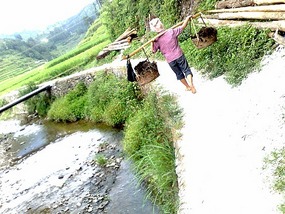
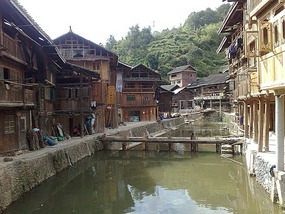
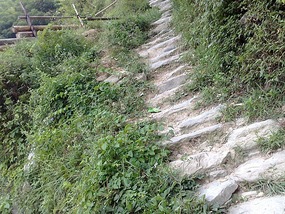
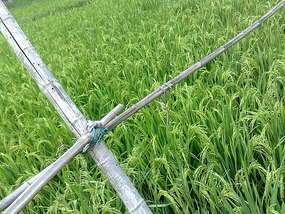
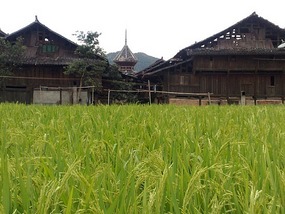
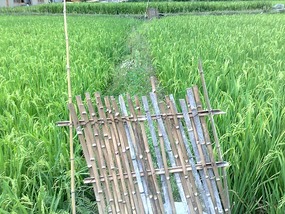
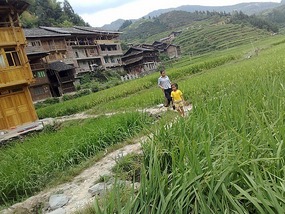
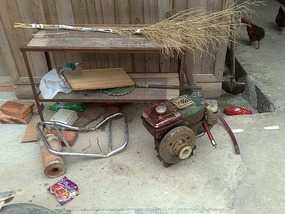
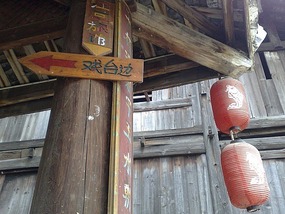
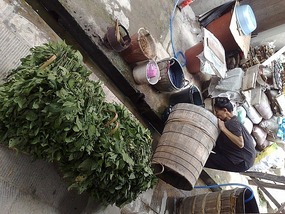

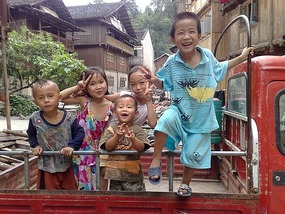
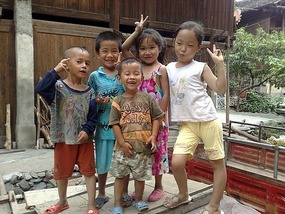
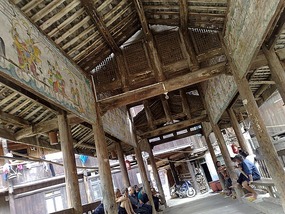
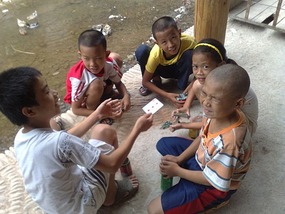
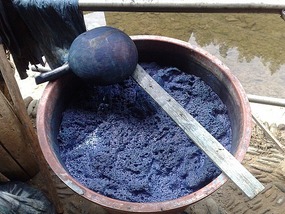


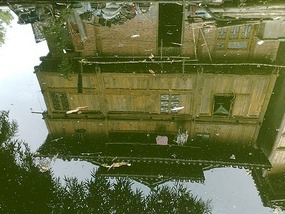


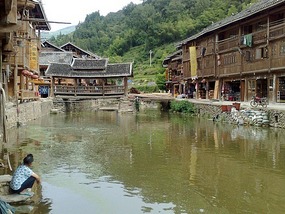
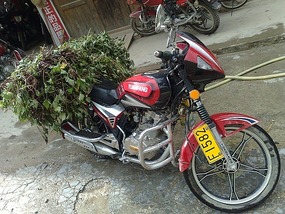
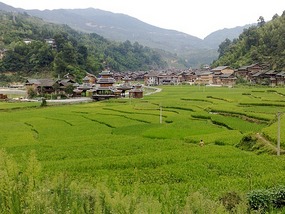
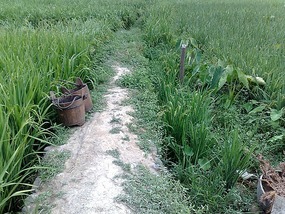

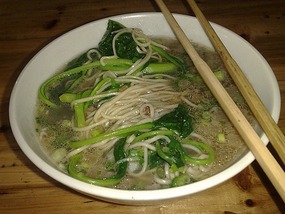
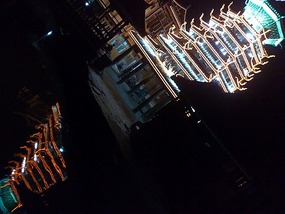
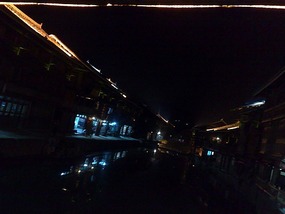
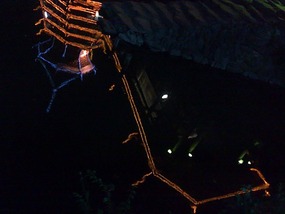
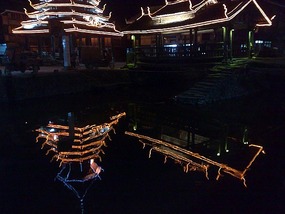
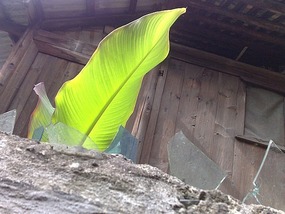

2025-05-22